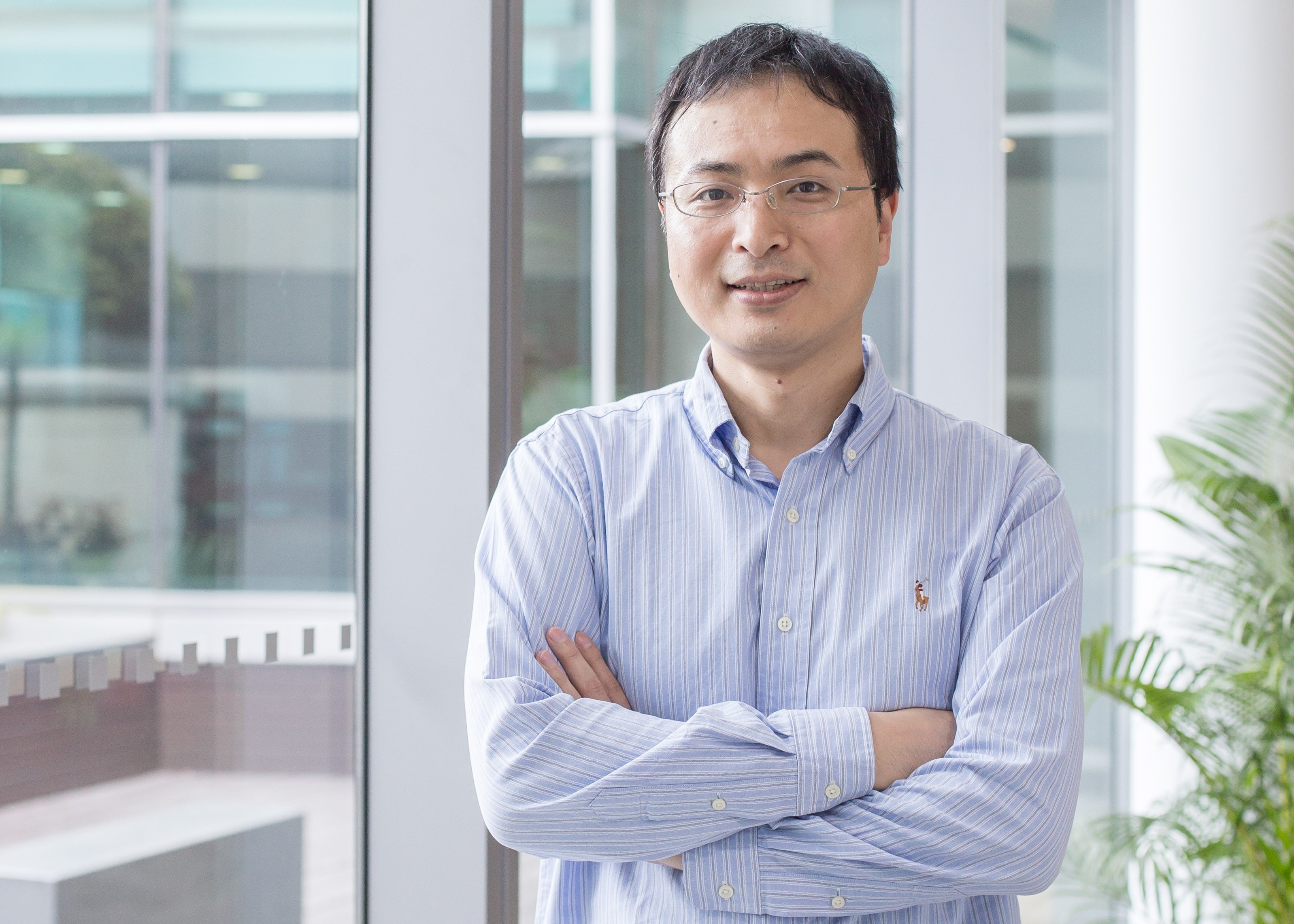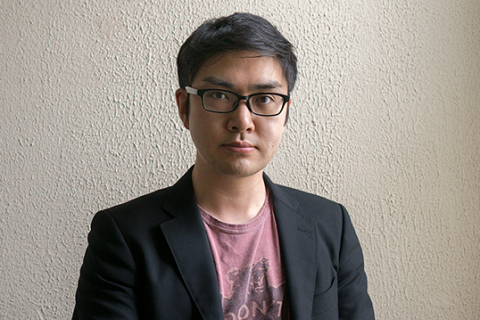
By Jovina Ang
SMU Office of Research & Tech Transfer – So much work has been conducted in designing an ideal institution – defined as an institution that functions well and generates many desirable outcomes in the real world.
However, the ideal institution still rarely exists.
A key problem why the ideal institution does not exist can be attributed to the principal-agent problem – a microeconomics problem that exists when there is misalignment between what the principal wants and what the agent wants. For example, in a company, the principals or the shareholders might want the stock price to increase or have a dividend payout whereas the CEO might want to plough the profits into the growth expansion of the company or reward the employees by paying bonuses.
The principal could be an owner, a leader or a governing body that we follow. Whereas the agent is someone who performs a task, takes an action or makes decisions on behalf of the principal. The agent could be an employee, a follower or someone who has some arrangement with the owner or the governing body.
There are many reasons as to why the principal-agent problem persists.
The agent's behaviour is often not observable by the counterparty who will be affected by it (this counterparty is the principal), or by a court of law that has to enforce the terms of a contract in the event of a lawsuit. In microeconomics, this is known as the moral hazard problem.
Information asymmetry is another reason driving the principal-agent problem. The problem occurs when either the principal or the agent has more information than the other, hence, it might drive one party to deviate from the agreed objectives.
The Implementation Theory predicts that if the above-mentioned issues are taken care of, the institution should function well in the real world.
But this is not the case.
SMU Associate Professor Takashi Kunimoto told the Office of Research & Tech Transfer; “It is evident that there are many other important requirements that prevent a theoretically functioning institution from functioning well in the real world.”
He elaborated; “My aim in conducting this research is to impose six robustness requirements on a class of institutions. By imposing these extra requirements to understand their impact on outcomes, I believe we can get closer to designing an institution that functions well in the real world.”
Professor Kunimoto’s research has recently been awarded the Ministry of Education Academic Research Funding (AcRF) Tier 2 grant.
The process of developing the framework for designing institutions
The process by which Professor Kunimoto and his team of collaborators, specifically, Professor Shurojit Chatterji of Singapore Management University, Professor Roberto Serrano of Brown University, Professor Rene Saran of University of Cincinnati and Professor Takuro Yamashita of University of Toulouse Capitole, will use – is based on a reiterative process until the ideal institutional design is derived.
In their opinion, an institution that functions well incorporates the following six robustness requirements:
- Is insensitive to how the agents perceive the risks
- Is insensitive to how the agents behave strategically
- Is insensitive to the many mis-specifications in the environmental context
- Is insensitive to the specific information structure facing the agents
- Does not include features such as the allocation of numbers or integers – a feature that is often used in theory construction
- Avoids the use of monetary transfers
Professor Kunimoto took time to explain the research design: “To help us design the ideal institution, we will approach it by adopting the perspective of Implementation Theory. In the context of an institution, we will treat the institution as a mechanism that specifies a set of actions that is required from the agents. And we will use the signals from the observable actions of the agents to map to a desirable outcome.”
He continued: “We will repeat the process until we know which of the robustness requirements impact the agent’s actions and behaviours the most”.
“What we hope to accomplish as a final deliverable from the research – is a list of guidelines for institutions to design an effective and high functioning institution,” Professor Kunimoto said.
Back to Research@SMU Nov 2021 Issue
See More News
Want to see more of SMU Research?
Sign up for Research@SMU e-newslettter to know more about our research and research-related events!
If you would like to remove yourself from all our mailing list, please visit https://eservices.smu.edu.sg/internet/DNC/Default.aspx

